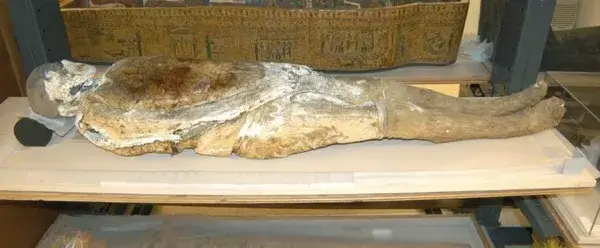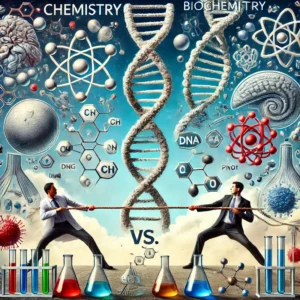The Soap Lady and the Soap Man are two notable examples of mummified remains that have captured the attention of scientists, historians, and the public alike due to their unique preservation as “soap mummies.”

Both were discovered by construction workers in the same graveyard near a Philadelphia train station in 1875 during routine infrastructural changes in the city. They are thought to have been buried around 1800. Today, the two are in the custody of the National Museum of Natural History, where they are kept for Smithsonian scientists to research on them, especially concerning the chemical processes that facilitated the preservation of the bodies.
The physical state of the Soap Lady and the Soap Man is one aspect that has attracted a lot of attention. In particular, the transformation of their bodies into a waxy or soapy substance is peculiar and prompted many questions about the nature of this phenomenon and its underlying causes.
Chemistry of Soap Mummies
Chemically, the transformation of dead bodies into a waxy or soapy substance is due to the formation of a substance called Adipocere or grave wax.
Adipocere often starts to form on a dead body about a month after it is buried. In most cases, it forms on the fatty parts of the body such as the cheeks, buttocks, and abdomen. The waxy adipocere protects the body from further decomposition and has been found in century-old exhumed corpses.
The build-up of adipocere occurs when the body is buried in soils that are considerably highly alkaline. It is produced by a chemical reaction between the basic soils and fats in the body, a process known as saponification.
Saponification is the reaction between a fatty acid and a base, typically an alkali, to produce soap and glycerol. Fatty acid molecules react with the hydroxide ions from the base to form carboxylate ions, which are the salts of the fatty acids (soap), and glycerol.
Fat or oil (ester) + Strong base → Soap + Glycerol (an alcohol)
C2H5COOC2H5 + NaOH → C2H5COONa + C2H5OH
Saponification is also the process used in the production of soap, where natural fats and oils (triglycerides) are hydrolyzed with an alkali, such as sodium hydroxide (NaOH) or potassium hydroxide (KOH), to produce soap molecules and glycerol.
Formation of adipocere takes time and that’s why if insects get to the body and eat fleshy parts fairly fast, the process is less likely to take place. However, if the conditions are right, adipocere forms all over the surface of the body, producing a waxy or soapy substance (aka soap mummy).



